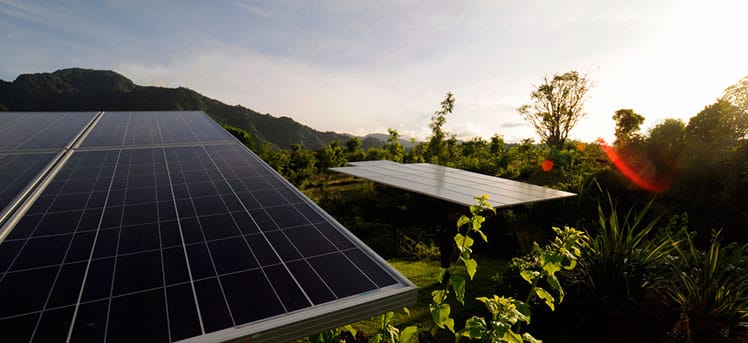ustainable housing allows us to reduce the use of the earth’s natural resources, preserving them for future generations.

Sustainable housing, more specifically, looks to reduce carbon emissions and promote a higher standard of sustainable design – above the current minimum standards set out by building regulations.
Code For Sustainable Homes
There is a code of standards that has 9 measures for the sustainable design and construction of homes set out by the UK Government:
- Energy/co2
- Water
- Materials
- Surface water runoff (flooding and flood protection)
- Waste
- Pollution
- Health and Well being
- Ecology
- Management

The code is measured with a 1-6 star system that is used to rate the overall sustainability performance of a new home, against these nine measures.
The code is a voluntary set of measures that has been put in place for a home to comply with and in no way are they an obligation, but they can be enforced in certain circumstances. For example; if the local council required a developer to incorporate the code of standards within their planning policy.
The code only applies in England, Wales, and Northern Ireland and within England it replaced a previous scheme known as “EcoHomes”.
The code for sustainable homes is simply a list of requirements a house should operate at, in order to achieve a desired level of sustainability.
Start With Sustainable Housing
In the UK there is limited legislation that sets out to minimise the use of non-renewable materials used to build homes and with UK homes accounting for more than a quarter of the UK’s total energy consumption.
A good start in helping the environment would be to erect more sustainable homes, ones that fulfil the measures set out by the “code”.
However, the cost to meet these standards will vary greatly, firstly because the size of each home will be different and the level of code the developer has opted to use will greatly differ from project to project.
The higher the code level selected, the more sustainable the house is and overall a costlier implementation.

So in the end, as so often is the case, a balance must be sought between cost and important environmental issues.
The solutions are already there, but it will be the scale of their implementation that will truly make a difference.
We would love to hear what measures you think would help in the comments below.
Image Sources
Transition Westcliff, Travel Oriented, Alan Lam.
